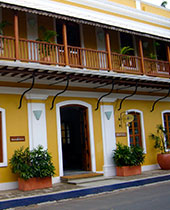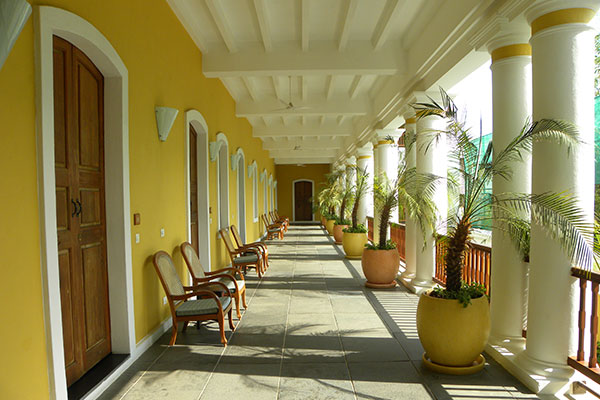
The Palais de Mahe in Pondicherry was designed with the approval of the Indian National Trust for Art and Cultural heritage. While it’s a modern creation, it perfectly recreates the magic of the French period – simple elegance with French style at its best. Carefully curated and very personal... It’s an au courant take on French culture from its white and mustard façade to its elegant guestrooms.
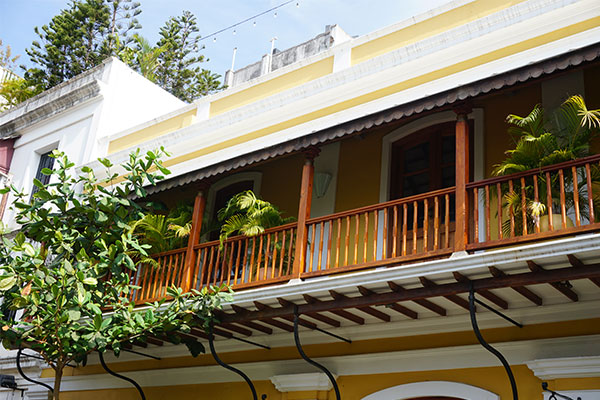
It’s in a picture perfect location a short amble from the seaside promenade on the Bay of Bengal and the heart of the French Quarter.
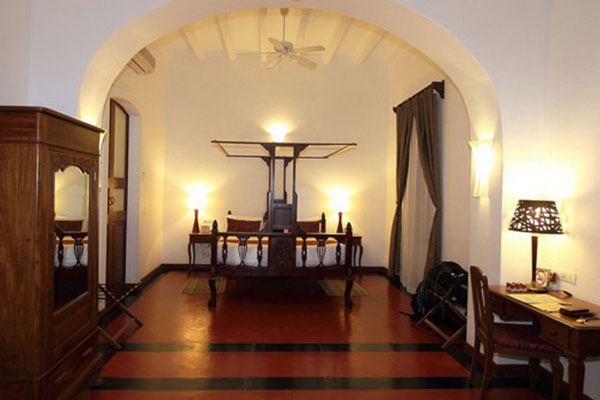
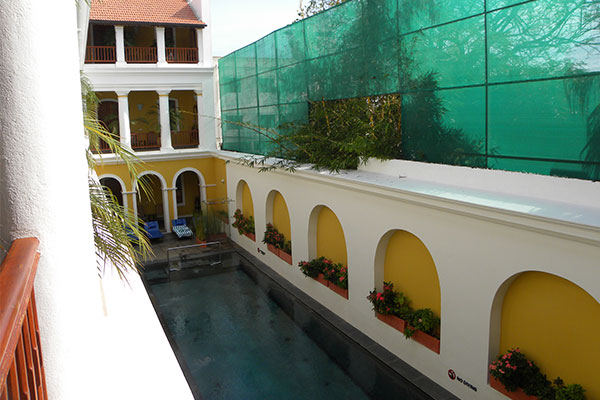
Fusion cuisine – fresh fish of course and lots of light vegetarian dishes – served at the open-air rooftop restaurant.
Chettinad is the cultural home of the Chettiars, a community that dates back to the Chola period, and made its fortune as money lenders, merchants, and jewellers. Most Chettiars migrated to Sri Lanka, Singapore, Burma, Vietnam and Malaysia in the 19th and 20th centuries. They sent back lavish fittings and furnishings for their ancestral homes. Thousands of these magnificent mansions still stand. Far from the tourist heart of India, seventy dusty villages hide these incredible homes.
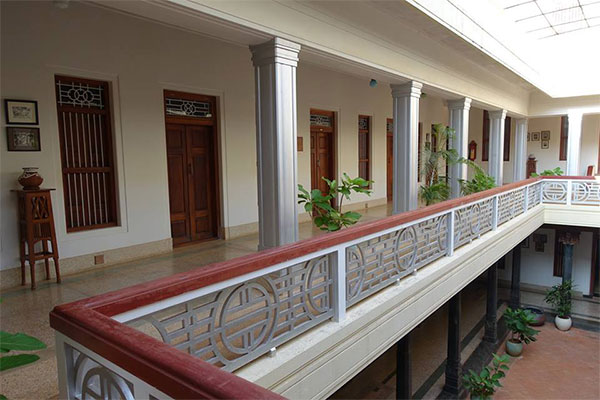
Visalam is one of these. This 80-year-old home in the village of Kanadukathan is now a restored heritage hotel with 15 rooms. The open central courtyard is flanked by tall pillars, intricately carved thresholds, heavy doors, and black and white marble tiled floors. The mix of architectural styles is delightful; Art Deco mixes with colonial mixes with traditional south Indian. All in all, much more ‘home’ than ‘hotel’.

Guestrooms are huge and airy. Tiled floors and overhead fans keep the rooms cool (and there’s AC too if you need it). High antique beds are fitted with gorgeous fabrics. Colonial style furniture keeps the right feel. Bathrooms are blissfully modern.
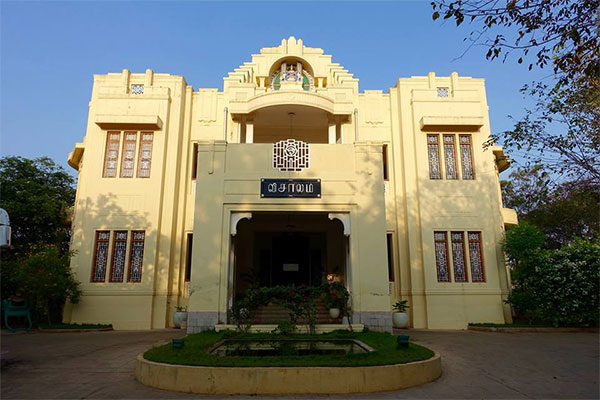

There’s a lovely swimming pool for lolling away the quiet hours.
Ask the chef for a tour of the hotel’s organic garden where most of the vegetables for the kitchen are grown.
Chettinad cuisine is known for its flavourful and fiery cuisine which the hotel tones down for us. Breakfast includes a nice choice of ‘western’ items as well as local fare; paniyaram (fried dumplings) eaten with chutneys, and idiyappam (string hoppers) with kosumalli (a local stew). Meals are served either in the cool of the dining room during the day or outside on the covered terrace.
Dinners are served in traditional style; my banana leaf is filled with dollops of the aromatic and perfectly spiced delicacies; Chettinad chicken, mixed vegetable kootu, drumstick sambar...
Village ladies are in the kitchen sharing their recipes with younger chefs. Every afternoon, I’m invited to watch a dish being prepared and learn a recipe.
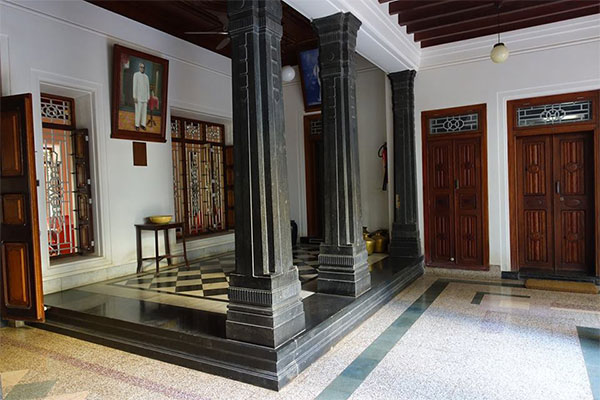
The local market is a cornucopia of lush vegetables and fruits.
The tile workshops at Athangudi are re-introducing the turn of the last century tradition of hand-made floor tiles; the clever use of colours and techniques create stunning floor tiles in floral, geometric, and paisley patterns.
The weaving centre in the village features cotton sari lengths and fabrics – purchasing here means funds go straight to the villagers to keep traditional crafts alive.
Are you ready for Sublime South India?


